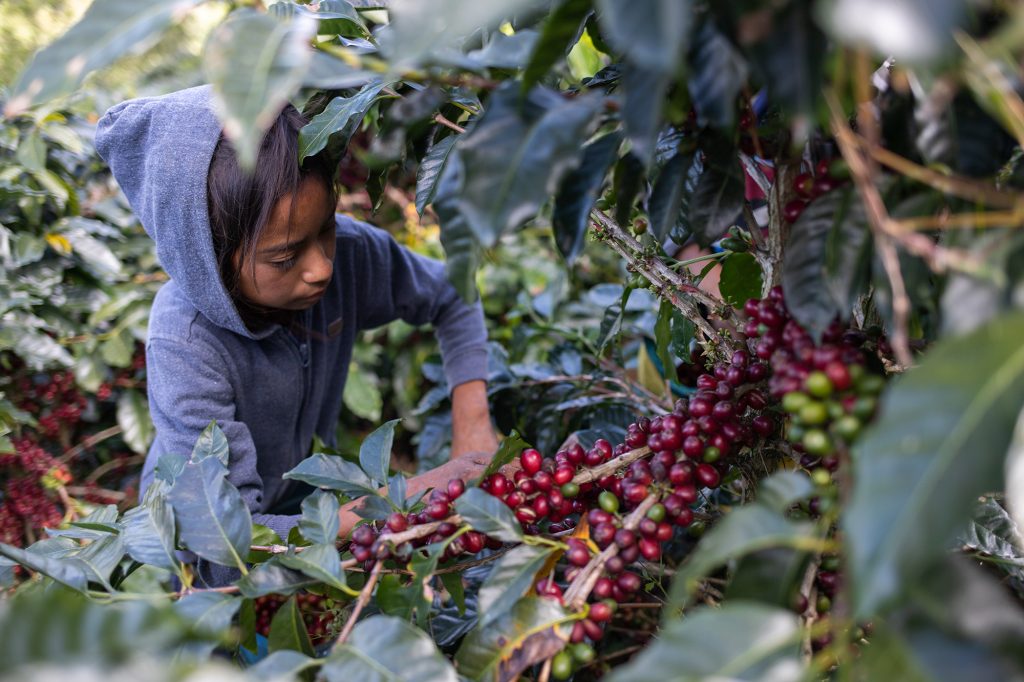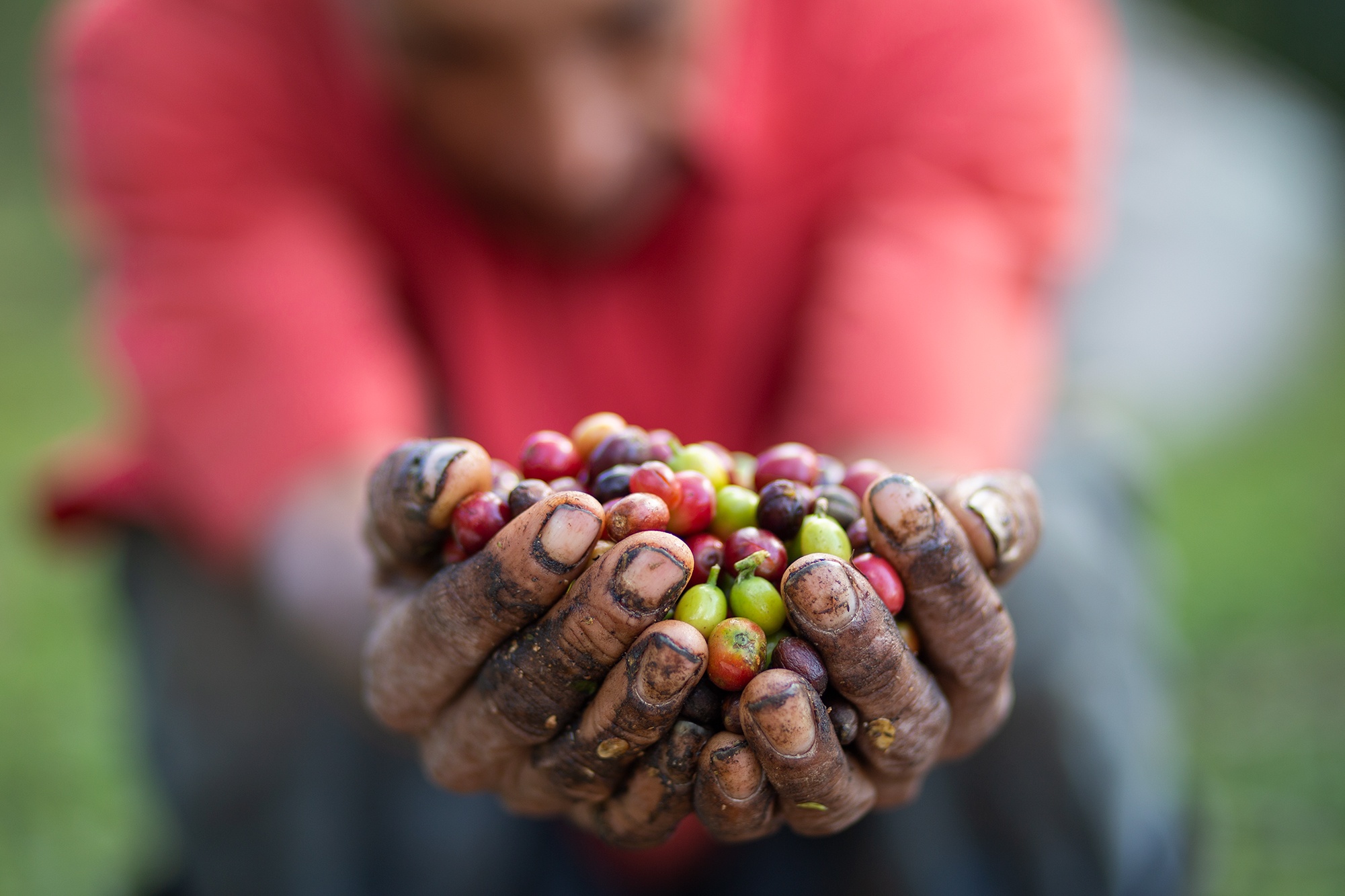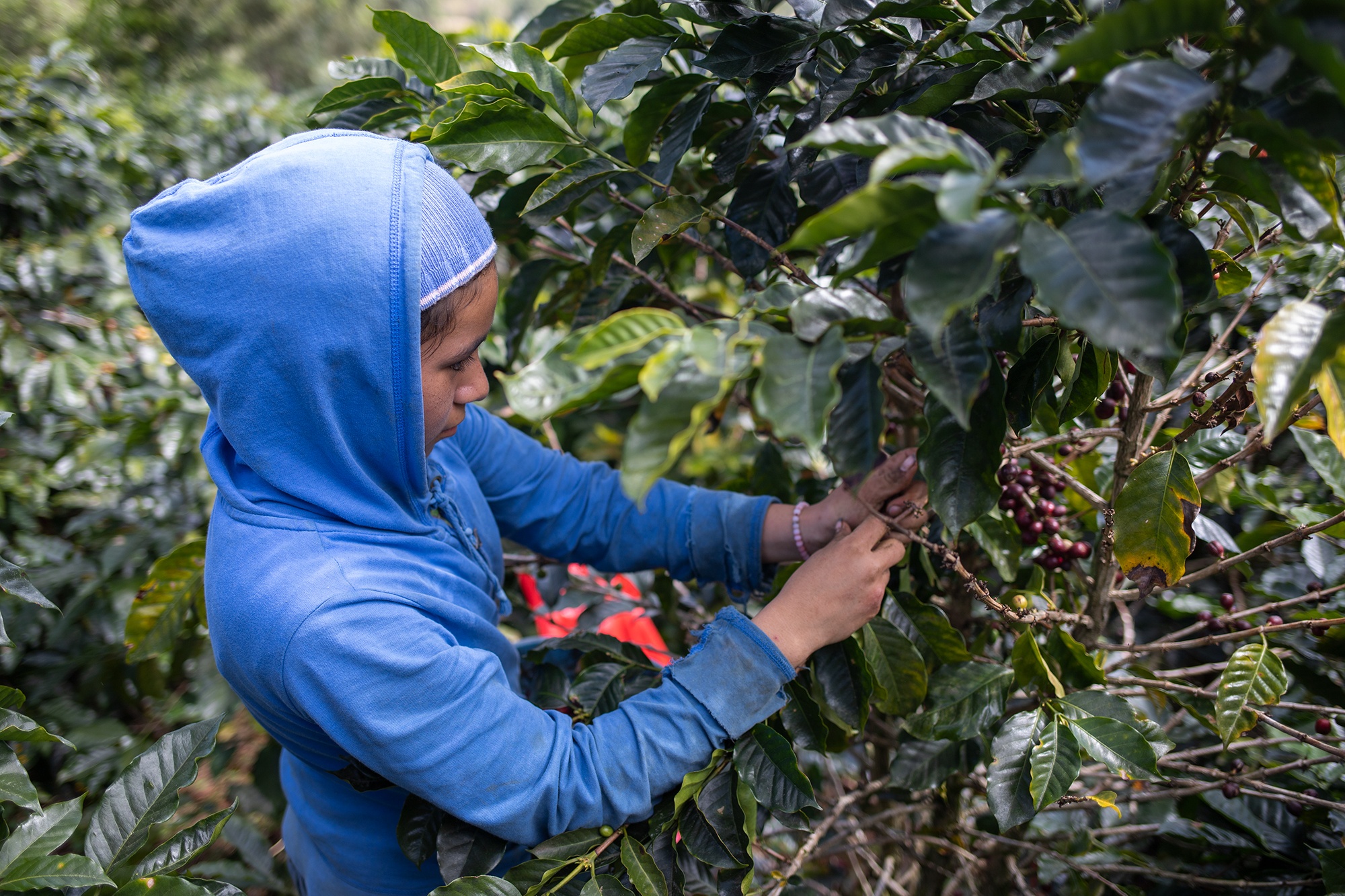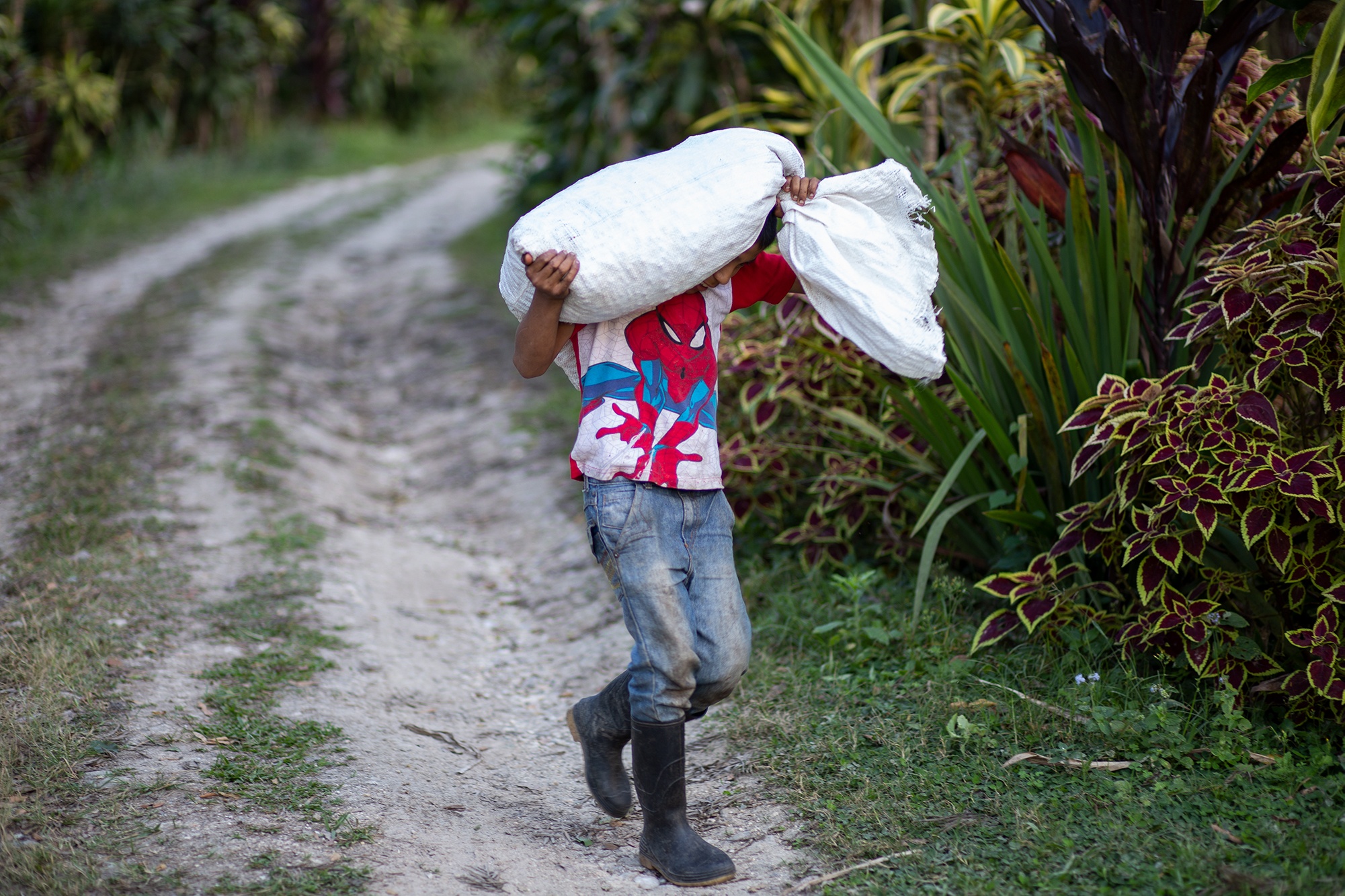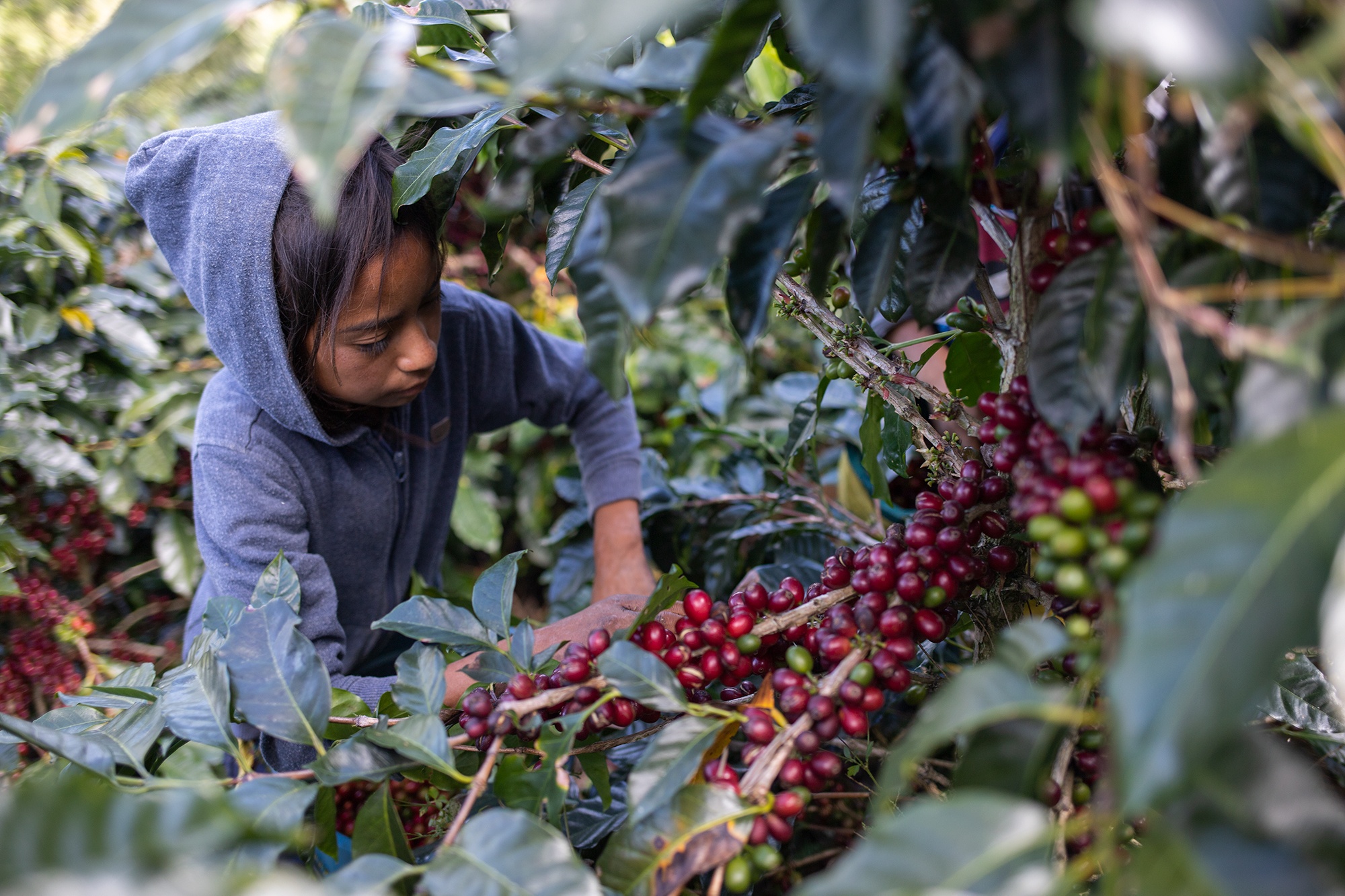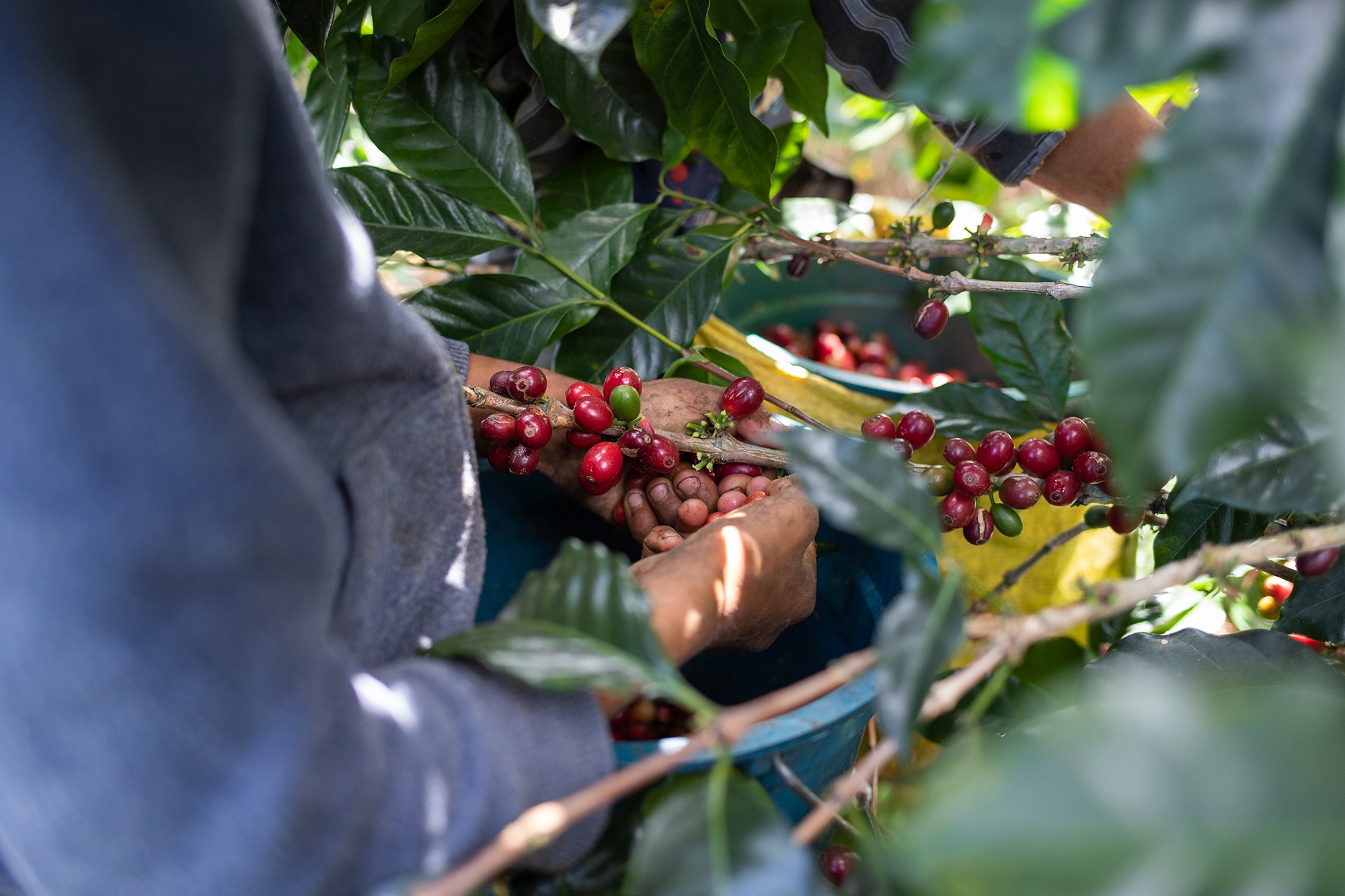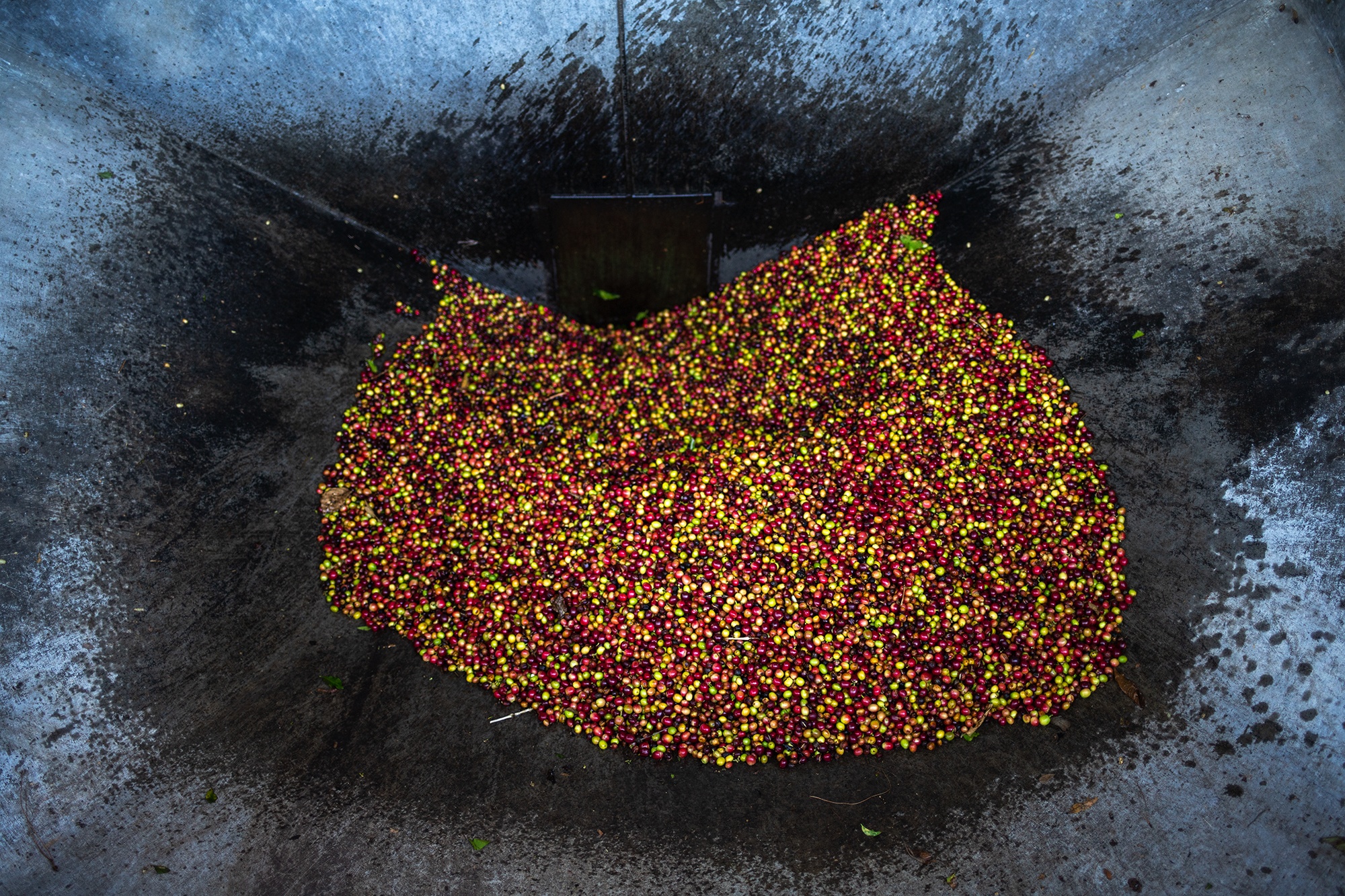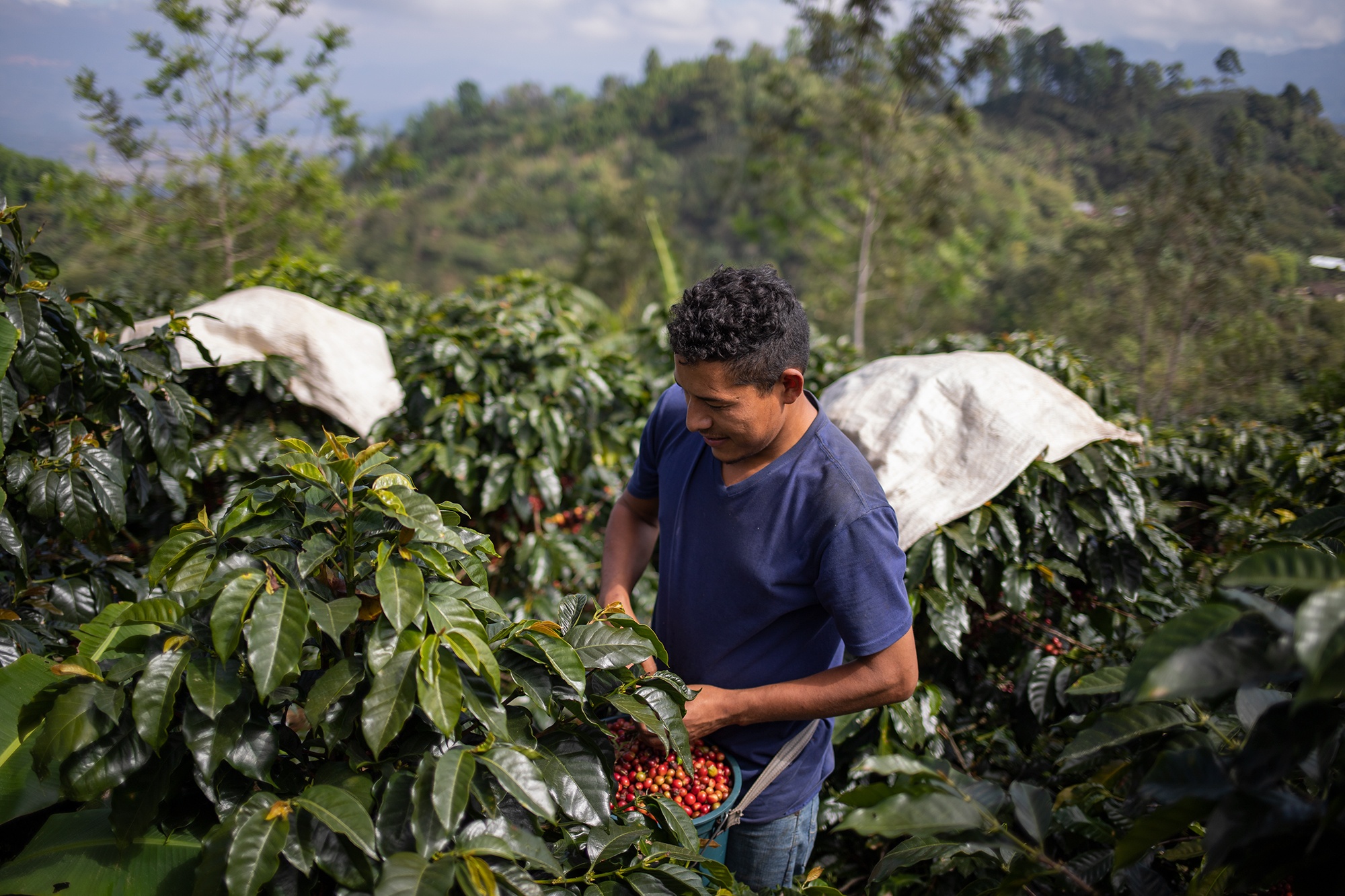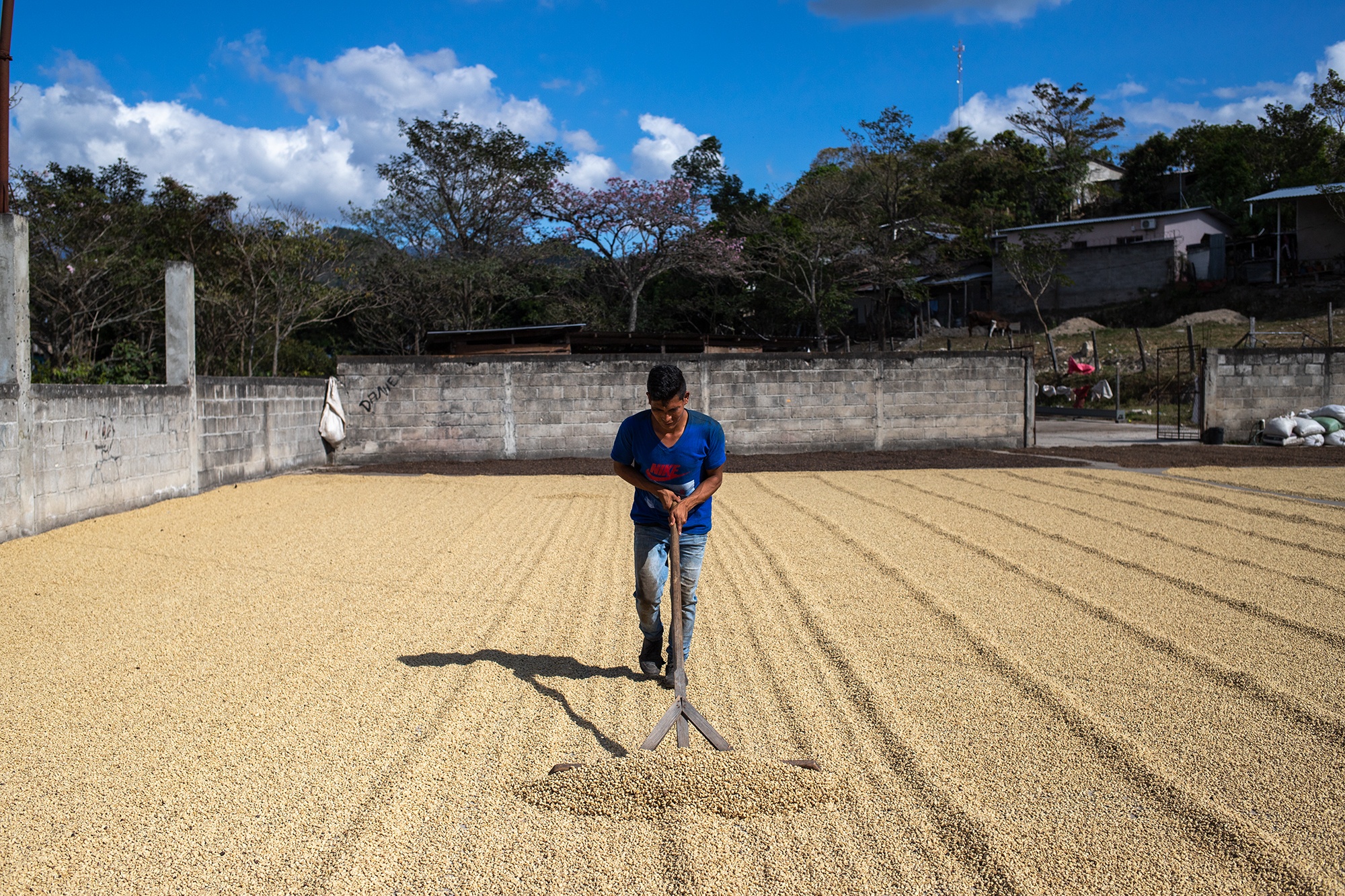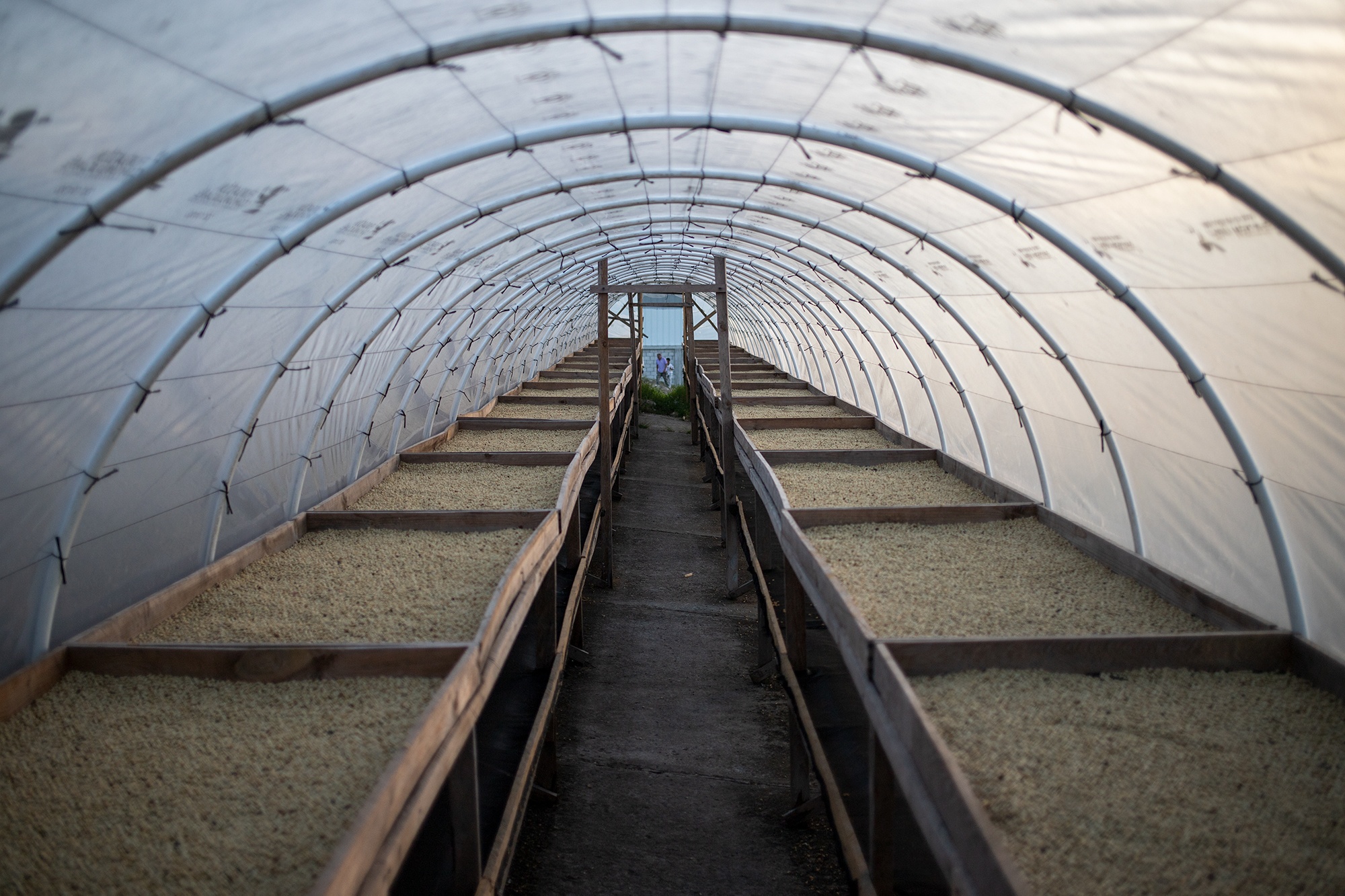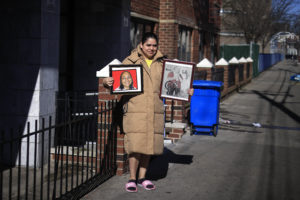By Martín Cálix
The best, export-quality Honduran coffee is grown at 1,600 meters above sea level, say the local coffee growers in the mountains of Corquín, one of Copán department’s most important coffee-growing areas. Much of it is harvested by small hands; children forced by poverty into a lifetime of hard labor. Almost as a rite of passage, generation after generation of children fan out into the coffee plantations during harvest season without wondering why. It just happens – that’s the way it is.
All of the adults working in the coffee plantations say they started there as children, between 10 and 12 years old, when children should be in school or on a playground. But in these communities, this type of work is far better than succumbing to the many “vices’” that entice city kids, far better than the perilous migration journeys that many undertake. Besides, that’s all there is to do around here, say the coffee workers.
Life is certainly different during the ongoing COVID-19 pandemic, especially since most schools have been closed since March 2020. Indigenous children in the Honduran mountains only have one option: go harvest coffee with their families and help put food on the table.
Honduran coffee exports are currently trending downward, with sales falling in the 2019-2020 season to US$879.2 million compared to US$923.9 million last year, according to an EFE news report in September 2020. Coffee pickers in the Corquín mountains earn about 2.40 lempiras (US$0.10) per pound of beans, which is double what indigenous pickers earn in other parts of the country like La Paz. There, they earn as little as one lempira per pound.
According to the World Bank, one in every five rural Hondurans lives in extreme poverty on less than US$1.90 per day.
One of the pandemic relief measures announced in June 2020 was a government allocation of 300 million lempiras to a “Coffee Bond”. According to the government, this bond would be used to help the 91,000 (87%) of the country’s coffee producers. Those not eligible for Coffee Bond funding would have access to loans with an 8.7% annual interest rate.
To be certified by the Honduran Coffee Institute (Instituto Hondureño del Café – IHCAFE), a coffee plantation cannot employ children. Yet the children are there, working quietly among the coffee bushes that hide them from view. To find them, one has to listen carefully for the sounds of their voices.
Children earn the same wages as adults in Corquín – the same per pound rate. The IHCAFE website addresses child labor as follows: “Major coffee markets around the world, including the United States of America, require the abolition of forced child labor in coffee-producing countrues.” According to Forbes magazine, Honduras is the largest coffee producer in Central America, producing 7.02 million quintals of coffee per year.
Honduras’ National Institute of Statistics (Instituto Nacional de Estadística) reports that in 2019, the mean years of schooling is eight and the illiteracy rate is only 11%. When the pandemic closed schools and classes moved online, children in the Honduran mountains were effectively excluded from education since they had no money to pay for Internet service and no cell phone signals in these remote areas. Harvesting coffee was all they had left.

